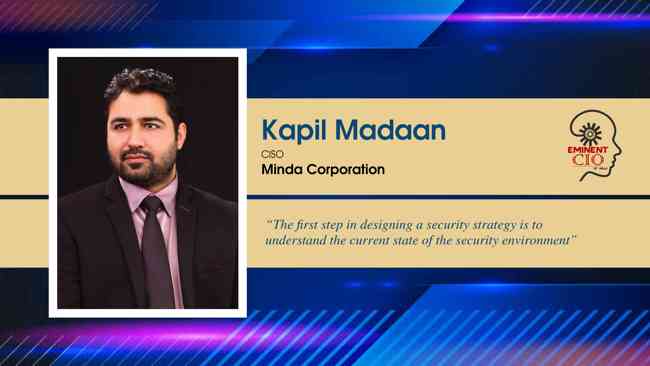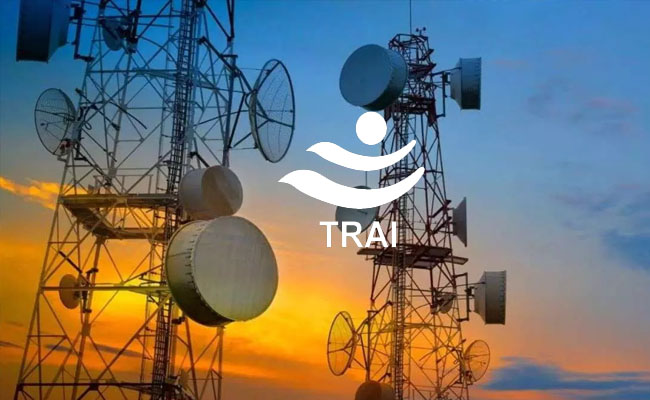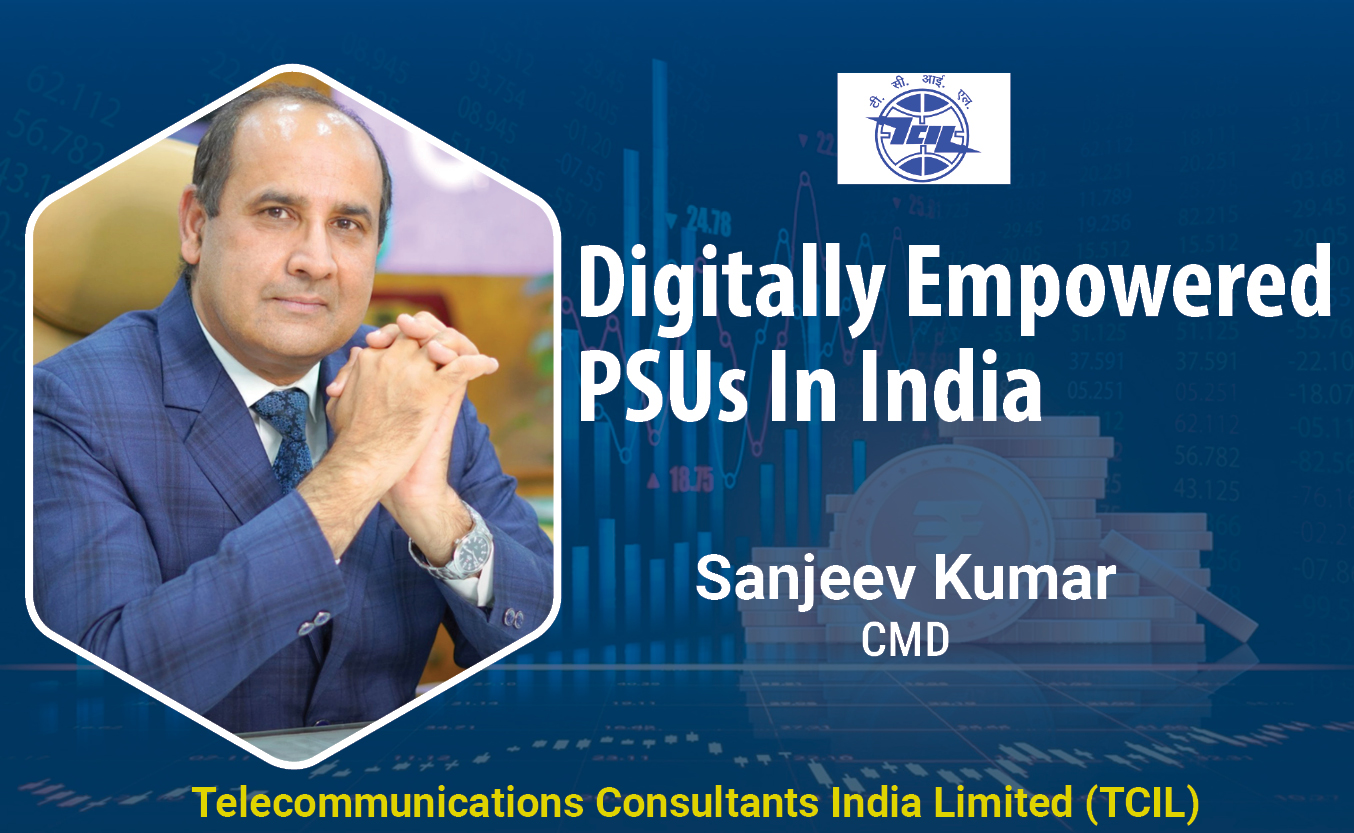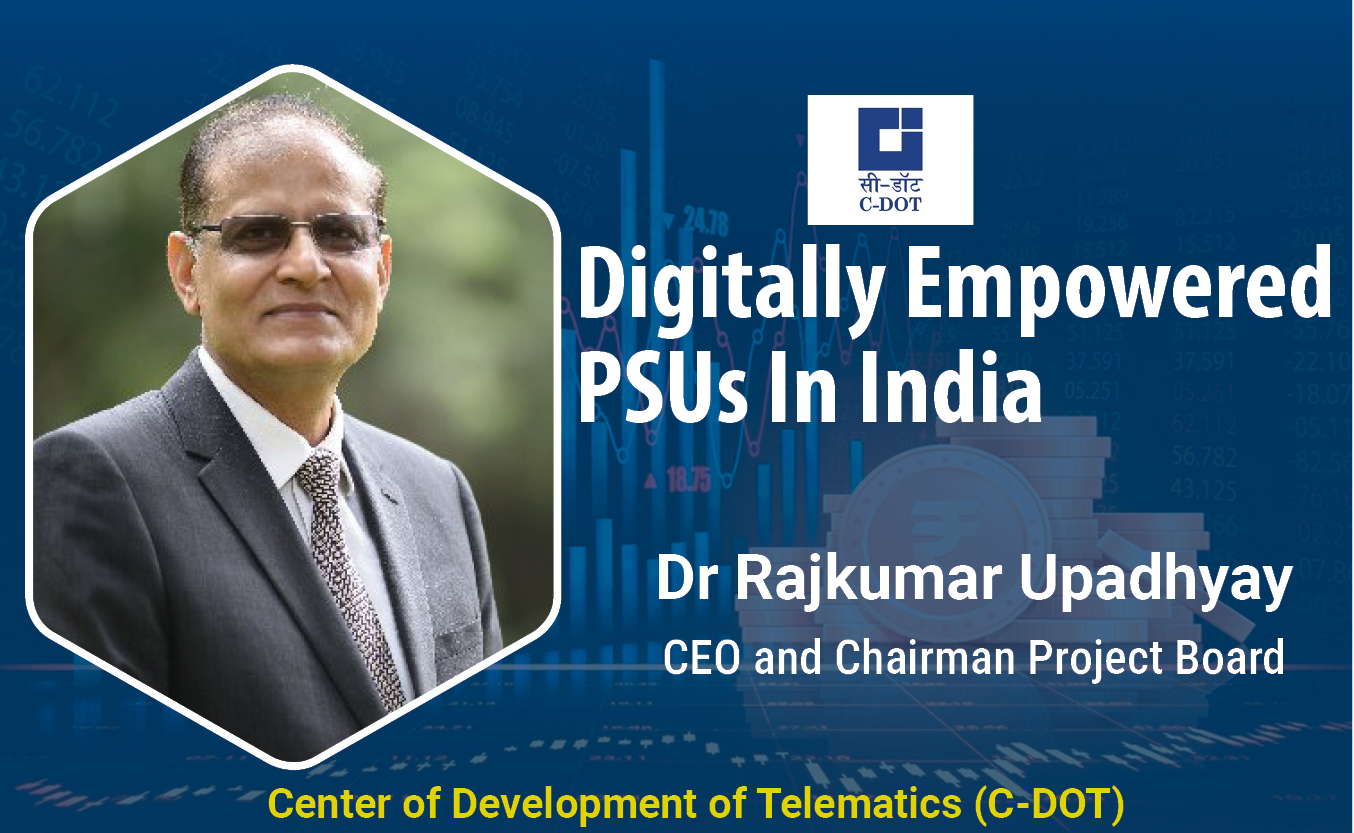“The first step in designing a security strategy is to understand the current state of the security environment”
By MYBRANDBOOK

Kapil Madaan
CISO - Minda Corporation
Redesigning IT & Security strategy
The current health crisis has driven organizations to shift to a remote-work model overnight. As a result, employees are having to merge personal technology with work devices. This immediate expansion of the attack surface has introduced new uncertainties and heightened cybersecurity risks for organizations.
What’s needed is a comprehensive security strategy that clearly defines the current state of the security environment and aligns with business objectives for the next three years. Without it, the CISO won’t be able to elevate security to the level of corporate strategy—where it belongs. The first step in designing a security strategy is to understand the current state of the security environment. That may seem obvious, but many companies skip this critical step.
Ensure all your stakeholders understand your new strategy
When you have developed a new strategy, ask your stakeholders about the strategy’s core elements and the rationale behind them. Can they articulate them? Do they know how the new strategy will affect their work? Before you can realize your strategic objectives, you need to know how people feel about it and whether they all buy into the same long-term goals.
Define the functions & skills necessary for success, Shape your processes and culture
Branding and communications, project management, product and service innovation, talent management—these are some examples of core functions that could be necessary to meet your new strategic goals.
Following some of these tips can help organizations to redesign security strategy.
Prioritize off-premises solutions: Use resources such as cloud-based services to foster agility and enable employees to easily and securely access the apps and data they need without creating a bottleneck.
Limit access to virtual private networks: Create separate VPNs (virtual private networks) for individual departments to facilitate access only to employees who need such data or resources.
Encourage adoption of collaborative systems: Distributed workforces require new tools that foster collaboration and communication in place of the social interactions that typically occur within a physical workplace.
Partner with internal and external peers: Every department relies on an organization’s technical infrastructure, therefore it’s crucial for IT leaders to regularly communicate with relevant stakeholders to look for ways to improve productivity and security.
Keep abreast of new developments: Keep track of the evolving threat landscape to adapt and respond quickly.


Happiest Minds brings in an innovative GenAI chatbot
Happiest Minds Technologies has announced the new GenAI chatbot - ‘hAPPI...

Government mandates encryption for CCTV cameras to ensure netw
In the wake of issuing an internal advisory on securing CCTV cameras at g...

TRAI recommends allowing only Indian entities to participate i
The Telecom Regulatory Authority of India (TRAI) has recommended that onl...

Galaxy AI is available on more devices with Samsung One UI 6.1
Samsung has expanded the range of smartphones to which One UI 6.1 and Gala...


Technology Icons Of India 2023: Bharat Goenka
Bharat Goenka is the Managing Director of Tally Solutions. He is well ...

Technology Icons Of India 2023: Shailendra Katyal
Shailendra is instrumental in Lenovo achieving the no.1 position in PC...

Technology Icons Of India 2023: Harsh Jain
Harsh Jain is an Indian Entrepreneur, the co-founder and CEO of the In...


TCIL continues to strengthen India with its technology expertise
TCIL undertakes consultancy & turnkey projects in the field of Telecom...

C-DOT enabling India in indigenous design, development and production of telecom technologies
An autonomous telecom R&D centre of Government of India, Center of Dev...

New defence PSUs will help India become self-reliant
MIL, India’s biggest manufacturer and market leader is engaged in Pr...


ACCERON INFOSOL PVT. LTD.
It is a leading value added distributor in the IT security space and h...

B D SOFTWARE
BD Software is the distributor of IT security solutions in India. The ...

SONATA INFORMATION TECHNOLOGY LIMITED
Sonata Software Limited is a leading Modernization engineering company...